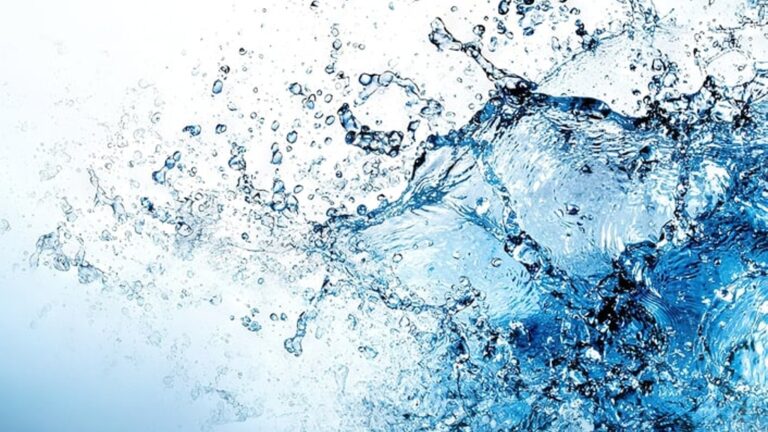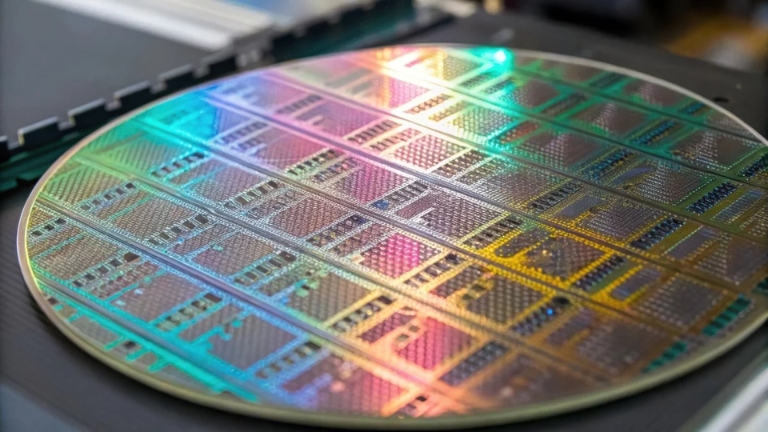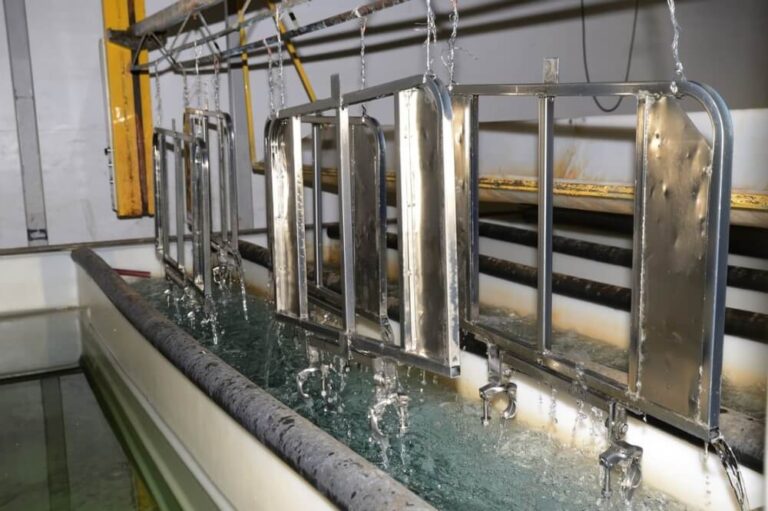Why Measure Contact Angles on Biomedical Device?
Author: Susanna Laurén, Application Scientist at Biolin Scientific In the rapidly evolving field of biomedical engineering, the performance and safety of medical devices are paramount. From implants and catheters to diagnostic sensors and wound dressings, the interaction between a device’s surface and its biological environment can make the difference between success and failure. One of…










